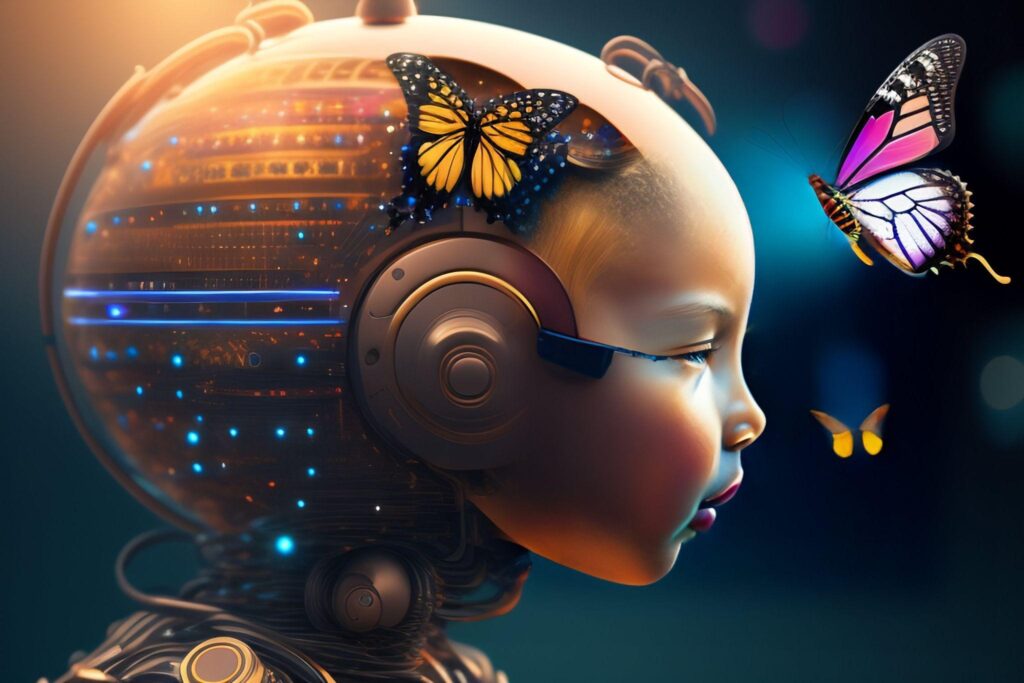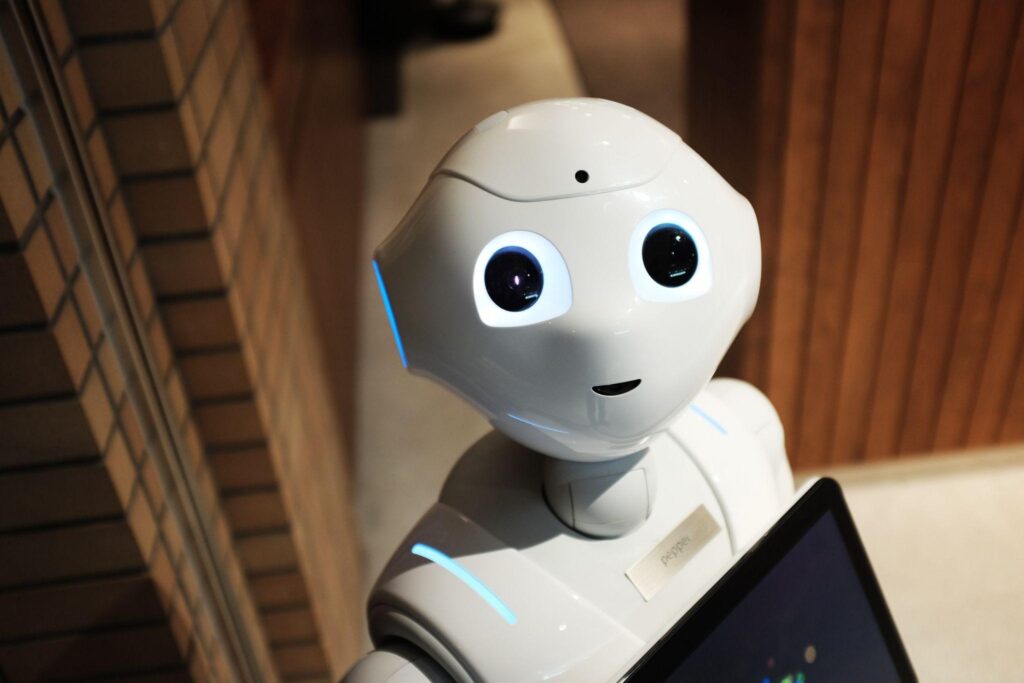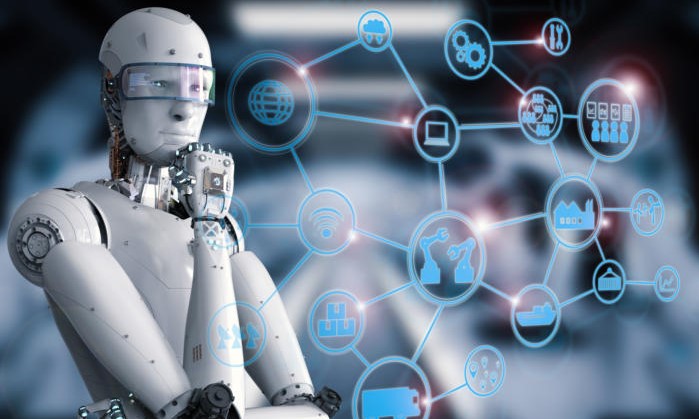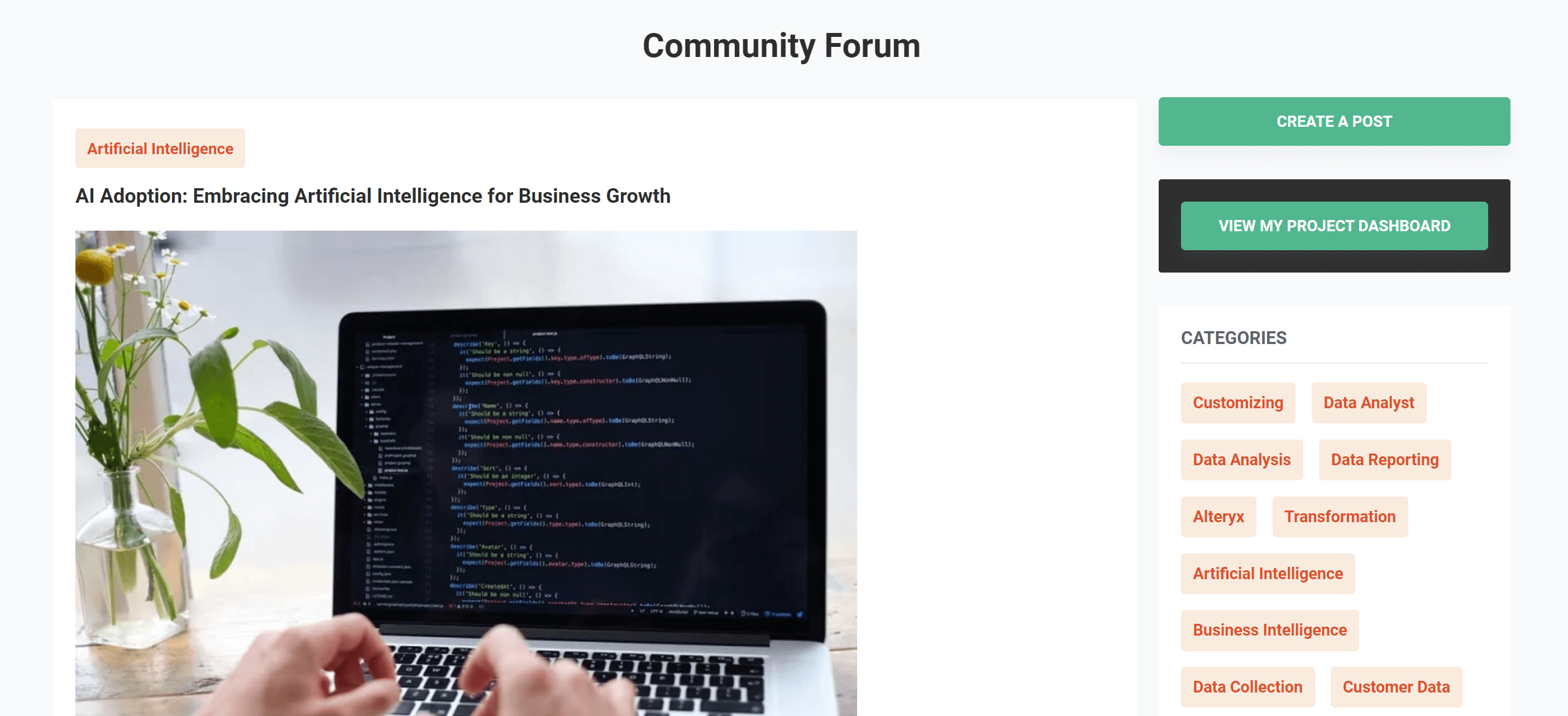Rise of ChatGPT: Understanding the Advancements in Conversational AI

In recent years, the field of conversational artificial intelligence (AI) has seen significant advancements that are rapidly transforming the way humans interact with machines. Conversational AI is a technology that enables machines to communicate and interact with humans in a more natural, human-like way. These interactions can include voice or text-based conversations, and the technology has such a wide range of potential use cases that it has been blowing people away in every industry.
One of the most exciting developments in this space is the emergence of ChatGPT, an AI language model developed by OpenAI. ChatGPT is one of the largest and most powerful language models in existence, and it is able to understand and respond to natural language in a way that is more similar to how humans communicate with one another. This ability to generate human-like responses is achieved by training the model on massive amounts of text data, which enables it to learn and understand the nuances and complexities of human language.
As a result of these advancements, ChatGPT has the potential to transform the way people interact with machines, providing more personalised and efficient assistance across a range of industries. With ChatGPT, users can converse with machines as if they were conversing with another human being, which can improve user experience, increase engagement, and drive business value.
In this article, we will dive deeper into the technology behind ChatGPT and explore how it is changing the way people interact with machines. We will examine the technical aspects of conversational AI, including how ChatGPT is trained and how it’s able to understand and respond to natural language. Additionally, we will explore the potential use cases for ChatGPT, such as in customer service, healthcare, and education, and examine the benefits it can offer in each of these areas.

Understanding Conversational AI
Conversational AI is the technology that enables machines to interact with humans through natural language. It is a subfield of AI that combines natural language processing (NLP) and machine learning to allow machines to understand and interpret human language. With conversational AI, machines can engage in human-like conversations, respond to queries, and provide assistance without the need for human intervention.
Conversational AI is used in a variety of applications, including virtual assistants, chatbots, and customer service systems. It has the potential to transform many industries, including healthcare, education, and e-commerce, by providing more personalised and efficient interactions between machines and humans.
The Technology Behind ChatGPT
ChatGPT is a type of conversational AI that is powered by a neural network. It is trained on a massive amount of text data, which enables it to understand and generate human-like responses to natural language queries.
The neural network architecture used in ChatGPT is called a transformer, which is designed to process sequences of words and learn the relationships between them. This architecture is particularly effective for language modelling because it allows ChatGPT to take into account the context of each word in a sentence when generating responses.

To train ChatGPT, OpenAI used a technique called unsupervised learning, which involves training the model on large amounts of text data without explicitly providing it with labels or categories. This enables the model to learn patterns and relationships in the data on its own, resulting in more natural and human-like responses.
One of the key features of ChatGPT is its ability to generate coherent and contextually relevant responses. This is achieved through the use of attention mechanisms, which allow the model to focus on the most important parts of a sentence when generating a response.
Potential Use Cases for ChatGPT
The potential use cases for ChatGPT are vast and varied. One of the most promising applications of conversational AI is in the field of customer service. Chatbots powered by ChatGPT can provide customers with immediate assistance, 24/7, and can handle a large volume of queries without the need for human intervention. This can result in significant cost savings for businesses while also providing a better customer experience.
In the healthcare industry, ChatGPT can be used to provide patients with personalised medical advice and support. Chatbots can be used to triage patients, provide information about symptoms and treatments, and offer emotional support. This can help to alleviate the burden on healthcare providers while also improving patient outcomes.
In marketing, ChatGPT can be used in copywriting, producing content for social media, website, email newsletters etc. It can create more engaging and personalised interactions with customers, by providing recommendations and answering questions in real-time. This technology can also help businesses better understand their customers by analysing chat logs and other data to identify patterns and insights.
ChatGPT can also be used in the education industry to provide personalised learning experiences for students. Chatbots can provide students with immediate feedback on their work, answer questions, and provide additional resources. This can result in a more engaging and effective learning experience for students while also reducing the workload of teachers.
In programming, ChatGPT can be used to automate the development of chatbots, reducing the need for manual coding and enabling more efficient and effective communication between machines and humans. This can help businesses save time and resources while also improving the user experience.
Overall, the potential use cases for ChatGPT are diverse and far-reaching. As this technology continues to evolve and improve, we can expect to see even more innovative and impactful applications across a wide range of industries.
Challenges and Limitations of ChatGPT
While ChatGPT is an exciting development in the field of conversational AI, there are still some challenges and limitations to consider. One of the biggest challenges is ensuring that ChatGPT is trained on diverse and representative datasets. If the training data is biassed or limited, ChatGPT may not be able to accurately understand or respond to queries from certain groups of people.
Another challenge is ensuring the ethical use of ChatGPT. As ChatGPT becomes more widely adopted, there is a risk that it could be used to spread misinformation or propaganda. It is important to develop safeguards and guidelines for the responsible use of this technology to ensure that it is not being used to harm individuals or groups.
Additionally, ChatGPT is not yet able to fully understand the nuances and complexities of human language. While it can generate contextually relevant responses, it may not always be able to fully understand the intent behind a query or provide a response that takes into account the emotional state of the user.
Conclusion

ChatGPT is an exciting development in the field of conversational AI, and it has the potential to transform the way people interact with machines. By enabling more natural and human-like interactions, ChatGPT can provide personalised and efficient assistance across a range of industries. However, it is important to continue to develop and refine this technology while also ensuring that it is being used ethically and responsibly.
As the field of conversational AI continues to evolve, we can expect to see even more advancements and innovations in the near future. With the rise of ChatGPT and other similar technologies, the potential for more seamless and effective interactions between humans and machines is becoming more of a reality.
Get your data results fast and accelerate your business performance with the insights you need today.



